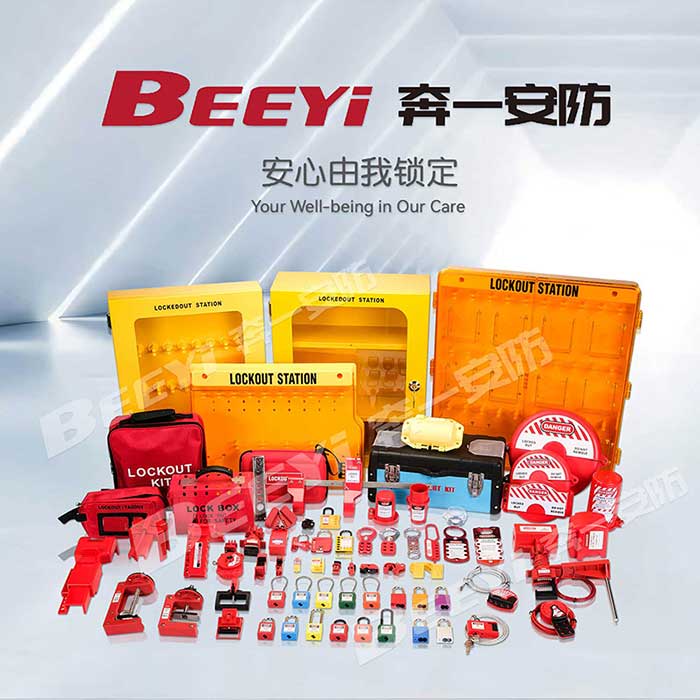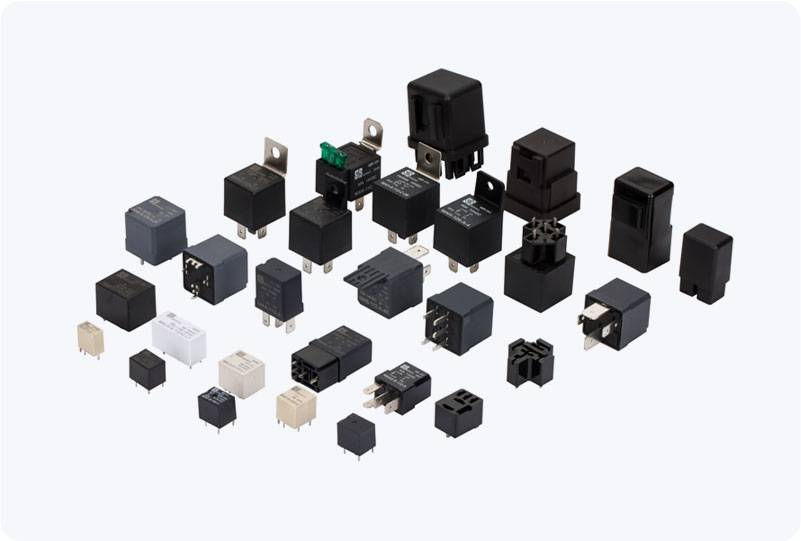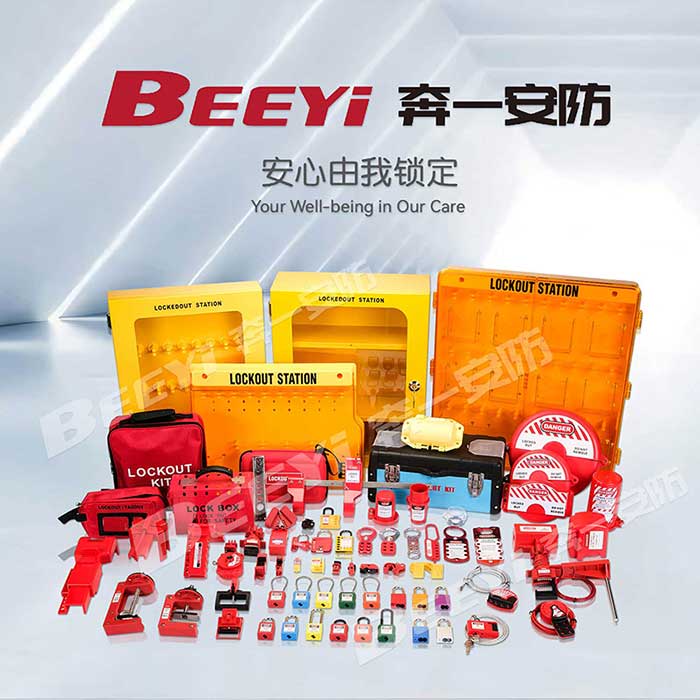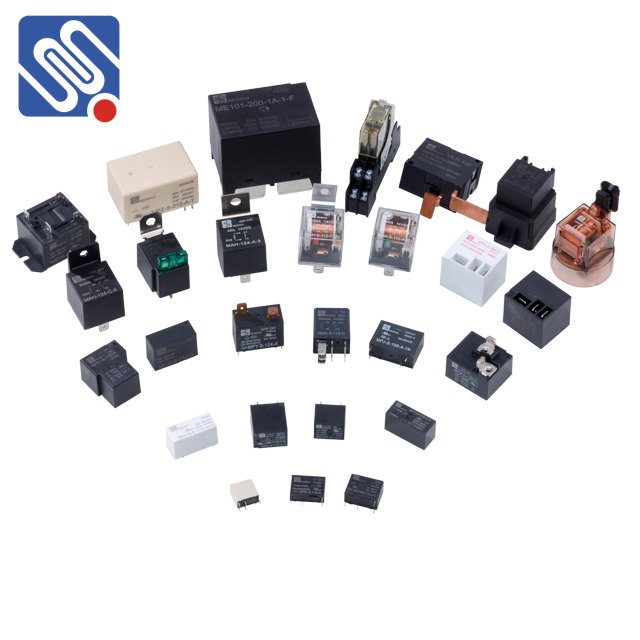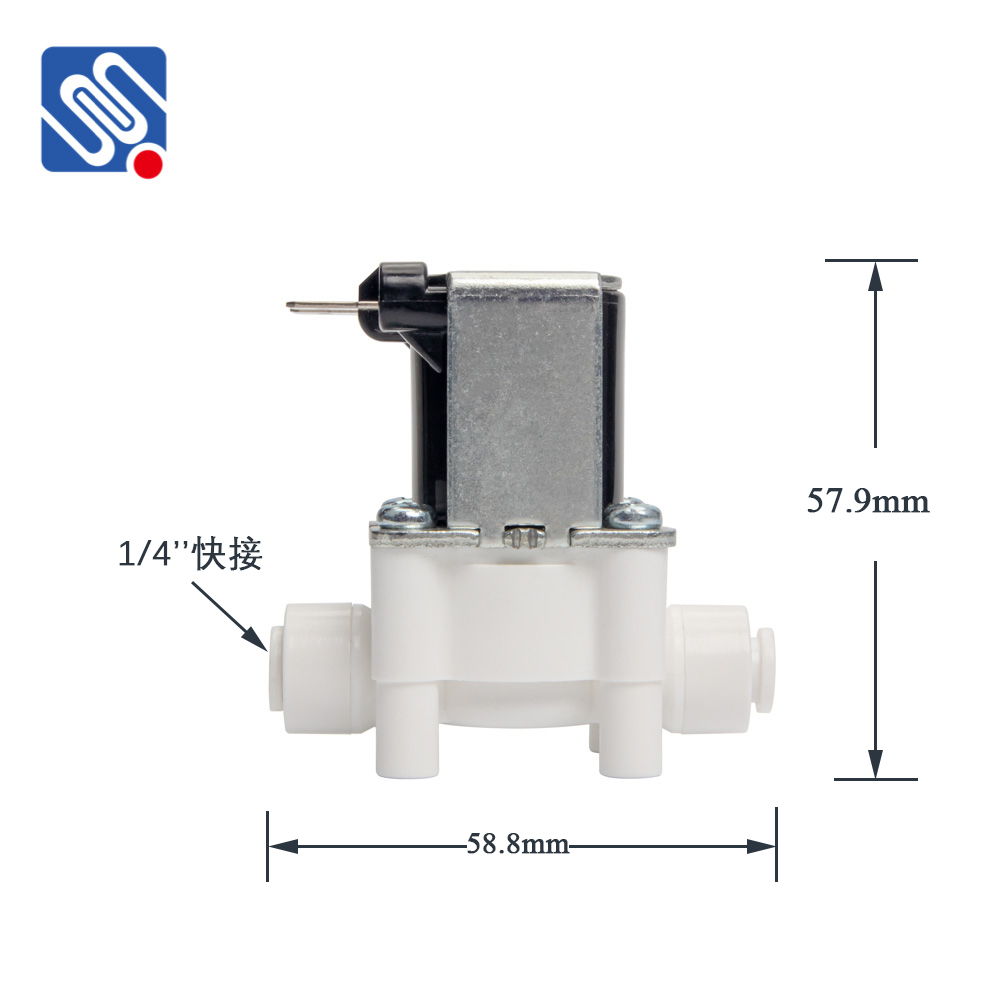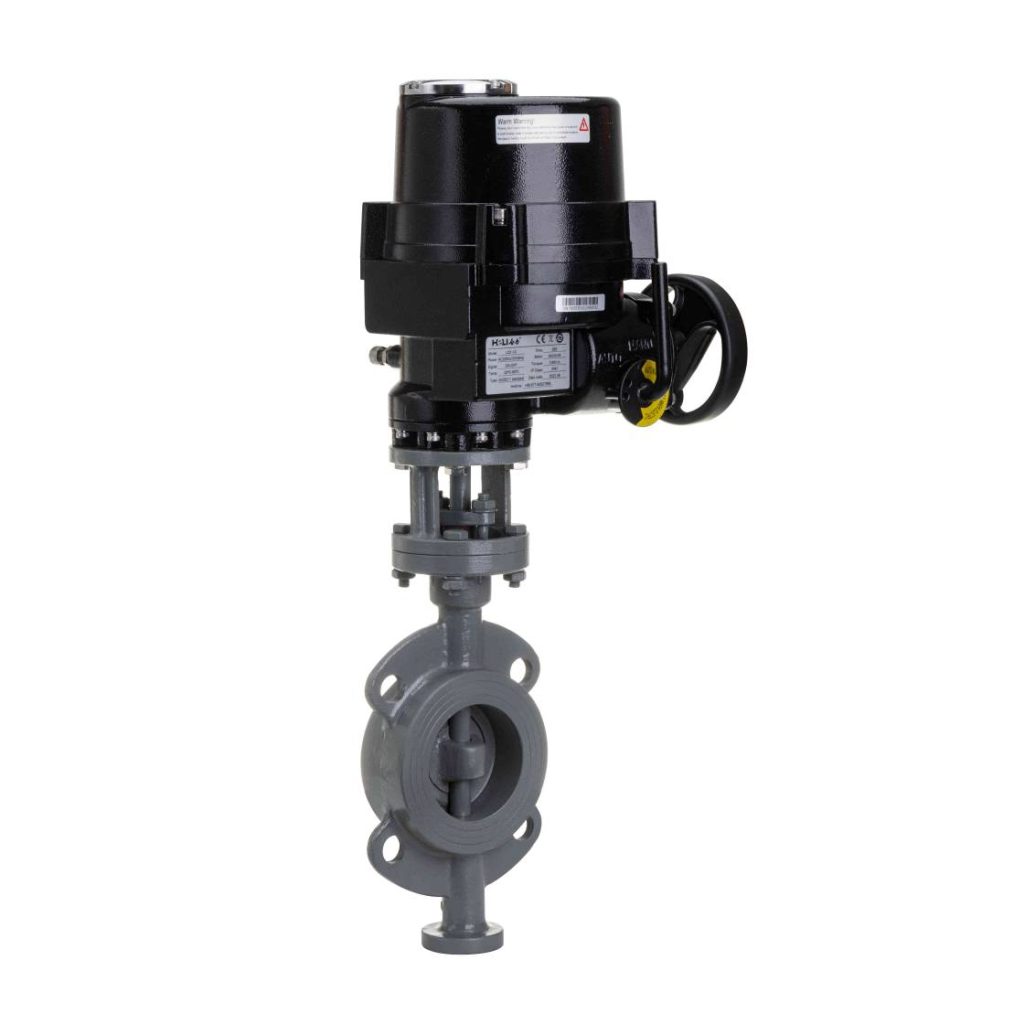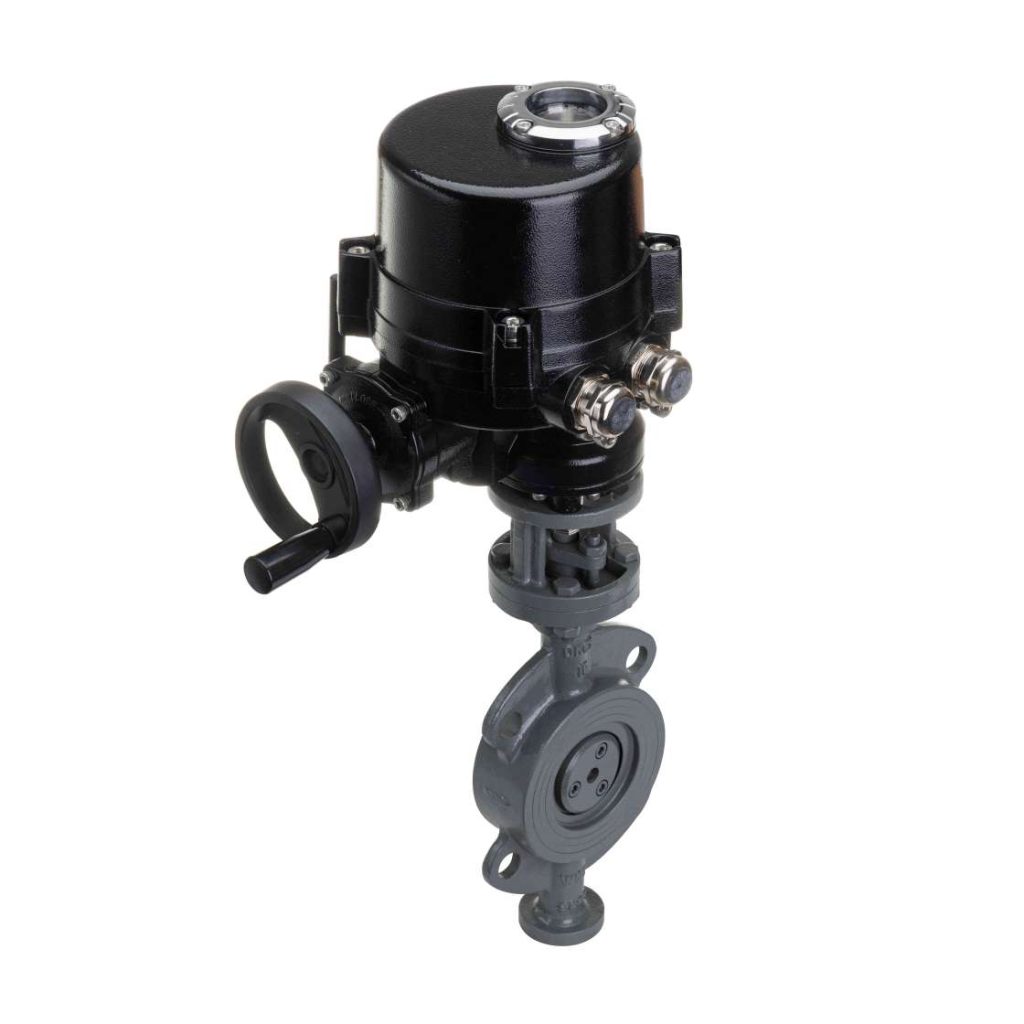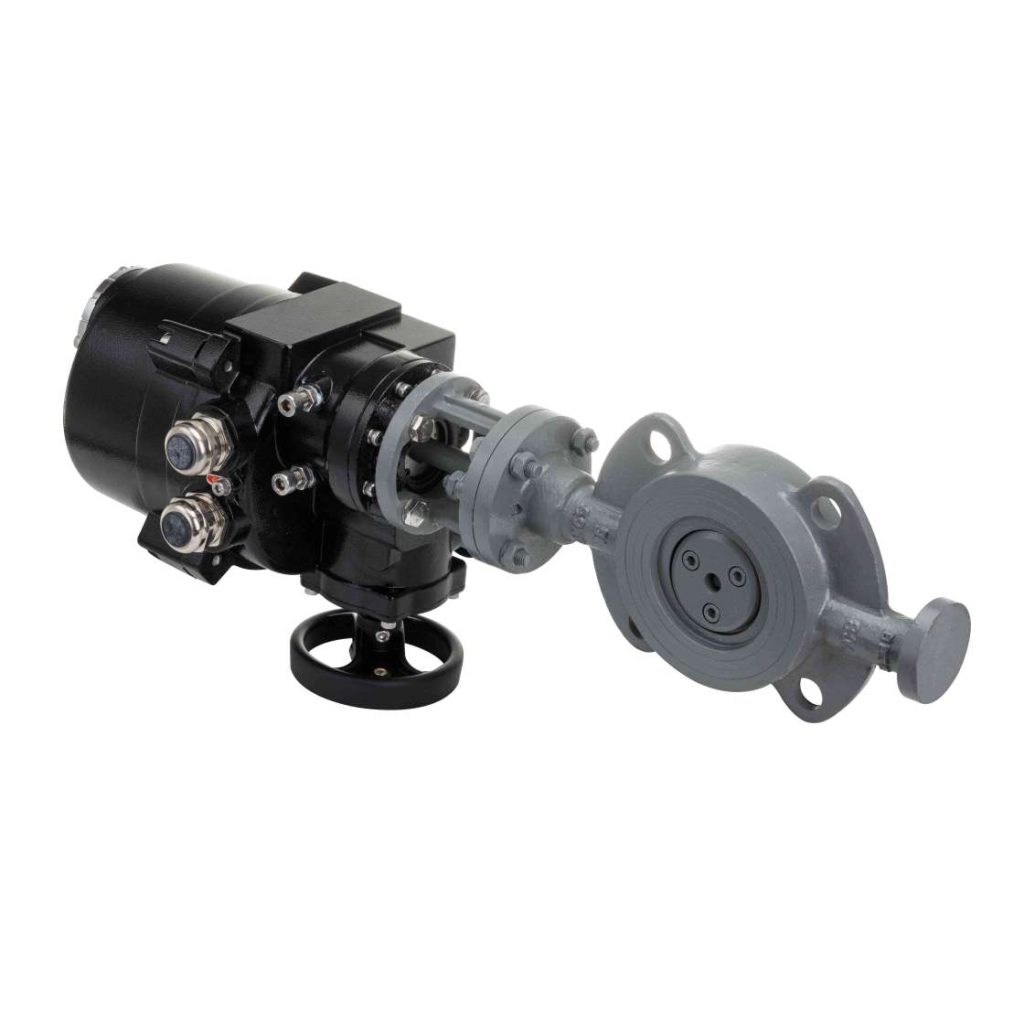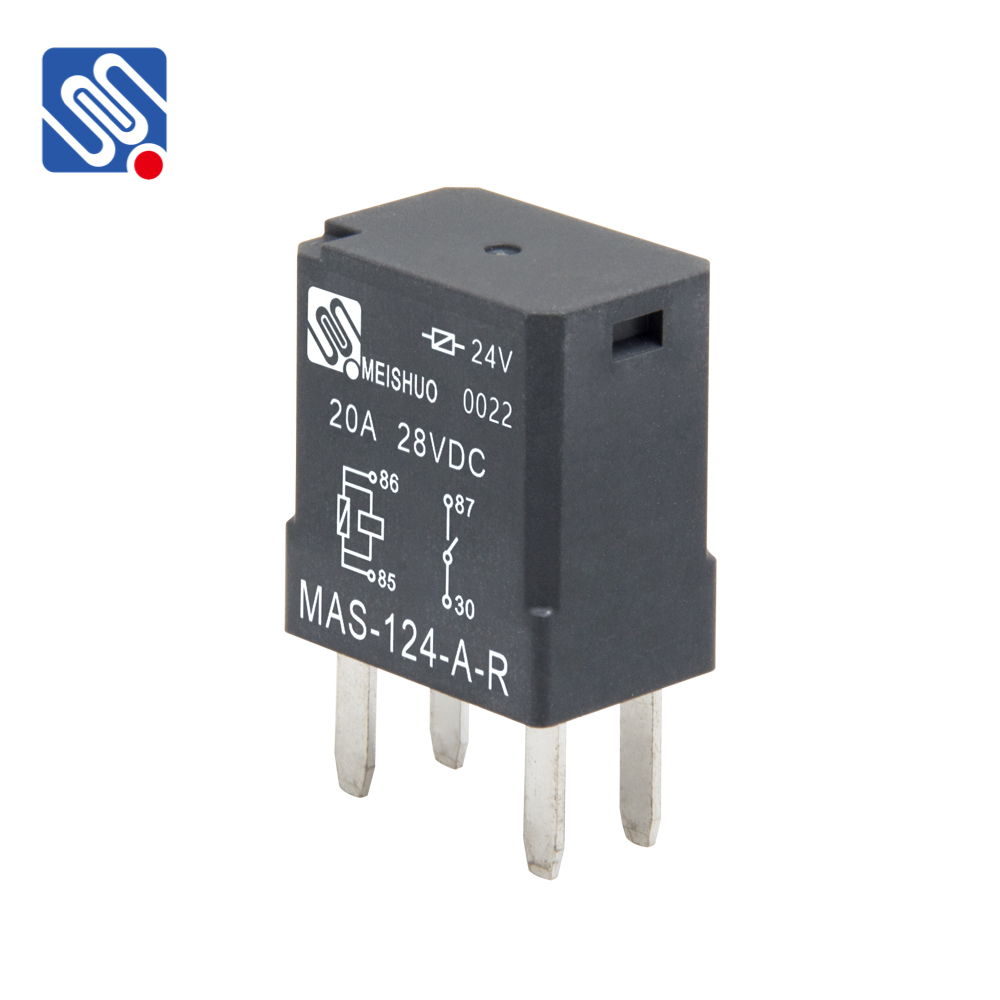In industrial and manufacturing environments, ensuring the safety of employees is of utmost importance. One of the most critical safety protocols used to prevent accidents during maintenance and repair work is the Lockout/Tagout (LOTO) procedure. LOTO is designed to prevent the accidental release of hazardous energy while workers perform maintenance tasks on machinery or equipment. At the heart of this safety system are LOTO tags, which serve as a visual indicator and a clear warning to other workers, ensuring that they do not inadvertently operate machines or systems that are being serviced. This article will explore the significance of LOTO tags, their role in workplace safety, and how they contribute to a safer working environment.
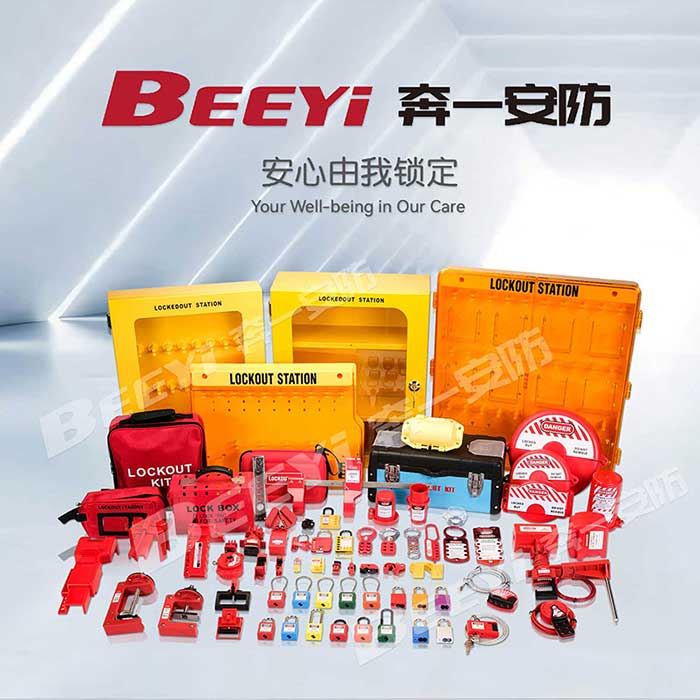
What Are LOTO Tags? LOTO tags are safety labels that are affixed to machinery or equipment that is undergoing maintenance or repair. These tags are part of the broader Lockout/Tagout procedure, which involves isolating all energy sources, such as electricity, hydraulics, and pneumatic power, to prevent machines from being inadvertently turned on or releasing stored energy during maintenance. The tags themselves are typically bright, visible labels, often in bright colors such as red or yellow, and carry clear warnings such as “Do Not Operate” or “Under Maintenance.” These tags are critical in communicating the status of equipment, especially in environments where multiple workers are responsible for different tasks. The key purpose of LOTO tags is to inform all personnel that a specific piece of equipment is not to be used or tampered with until the maintenance work has been completed and it has been safely returned to service.
